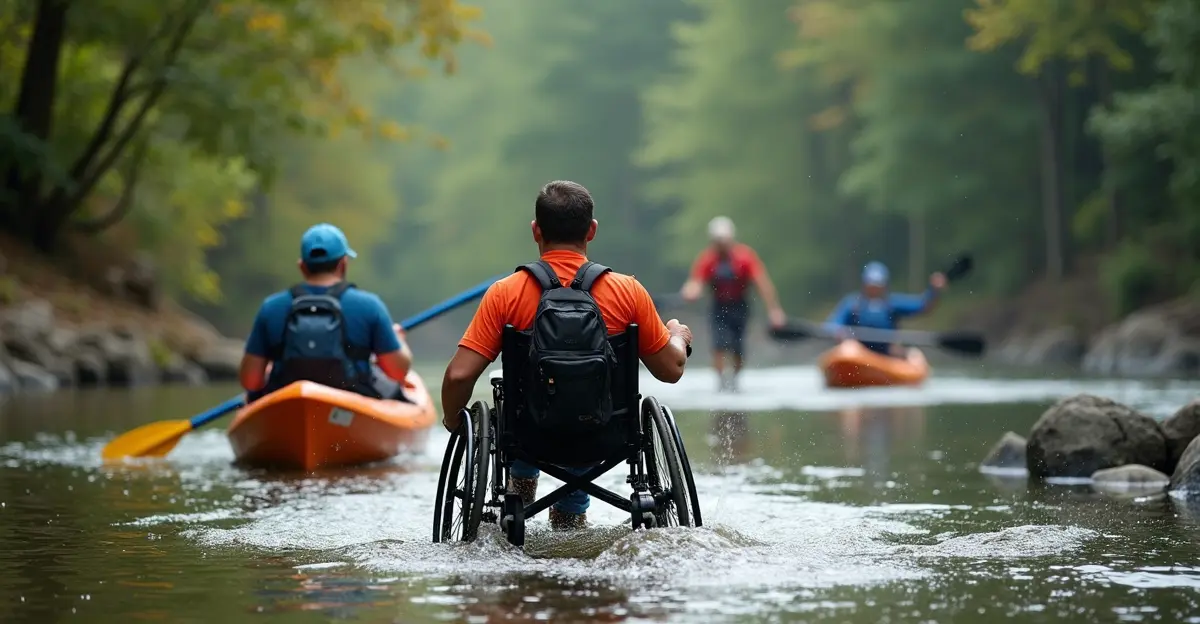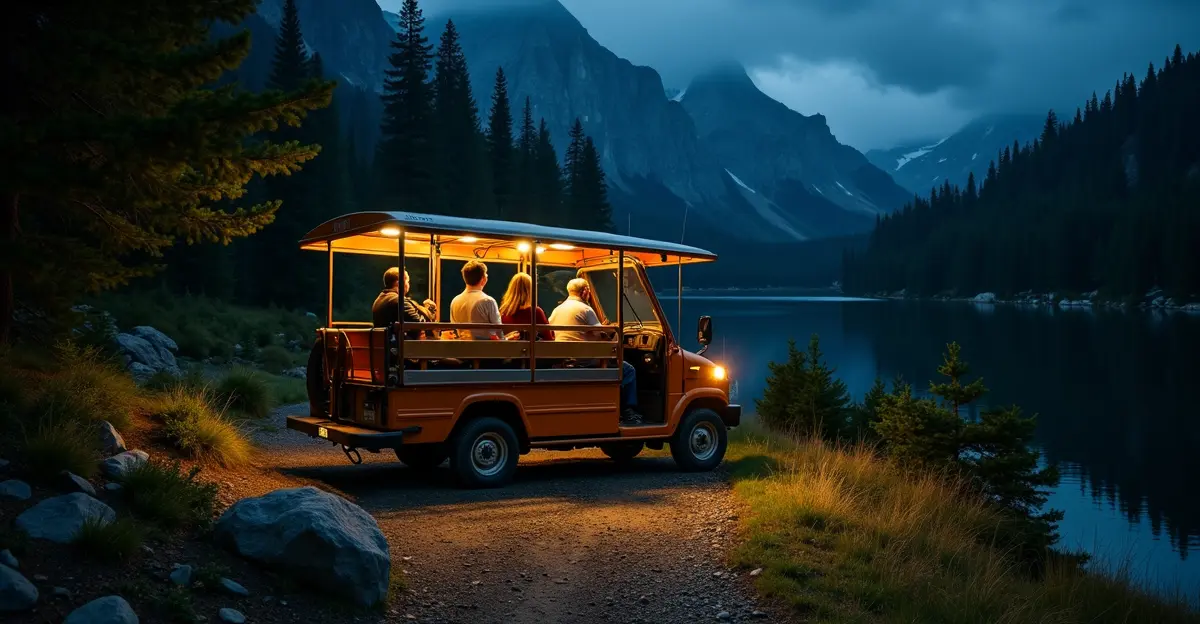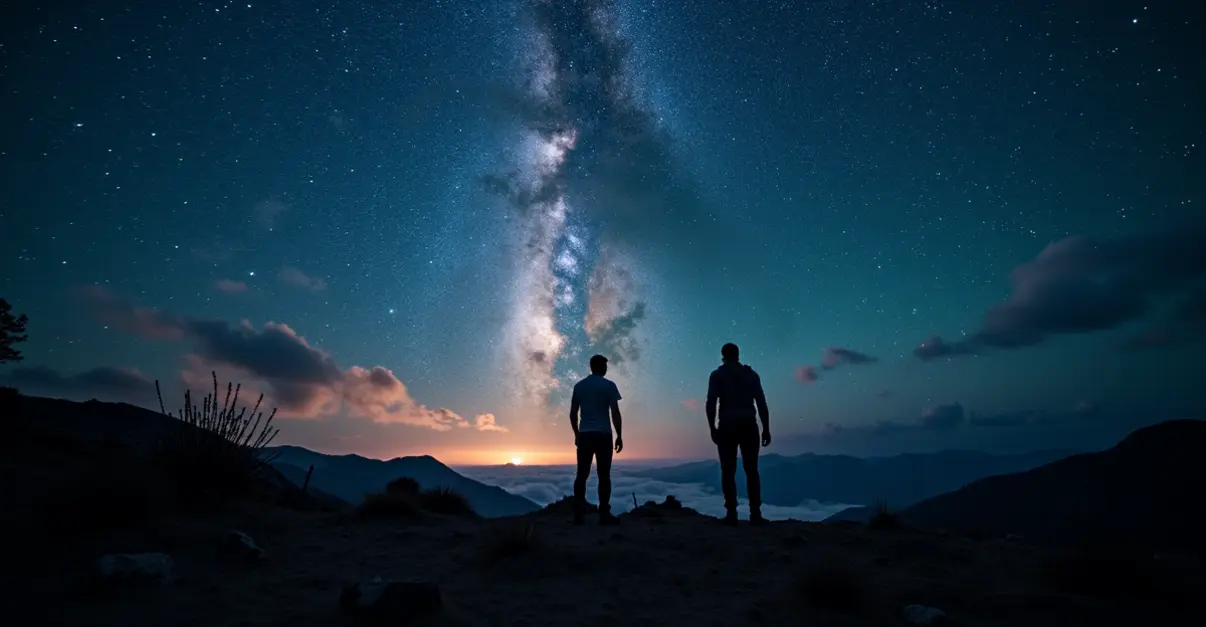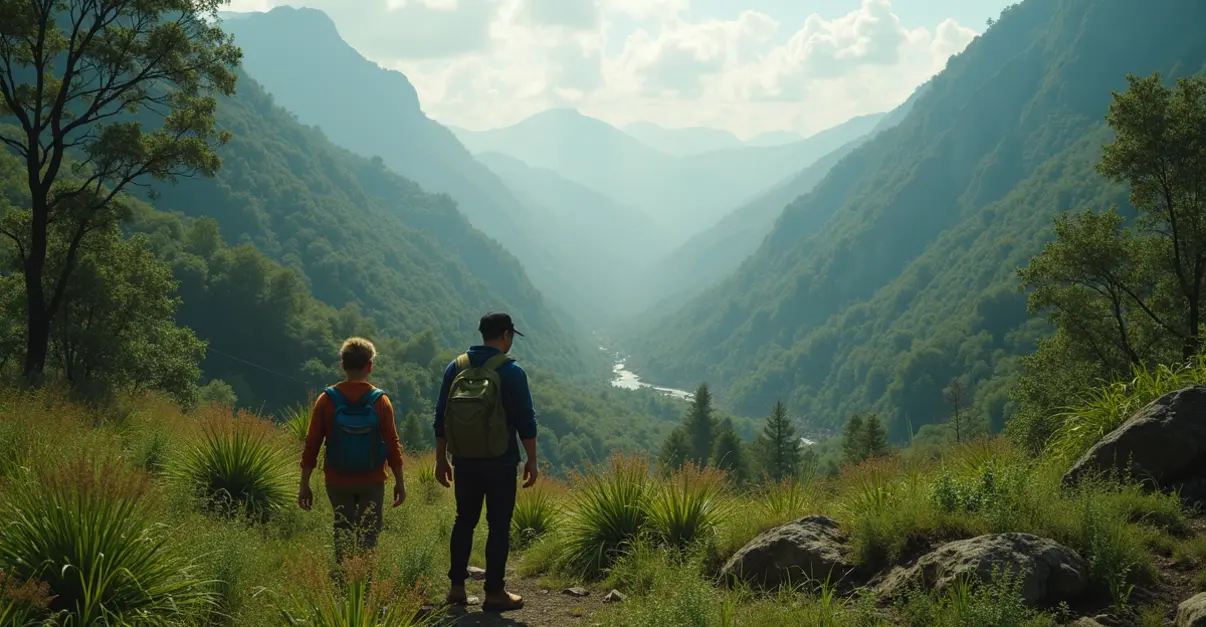Rising hiking popularity strains mountain trails, causing erosion and noise issues. Solutions include erosion control, quiet zones, and community efforts to balance recreation with conservation.
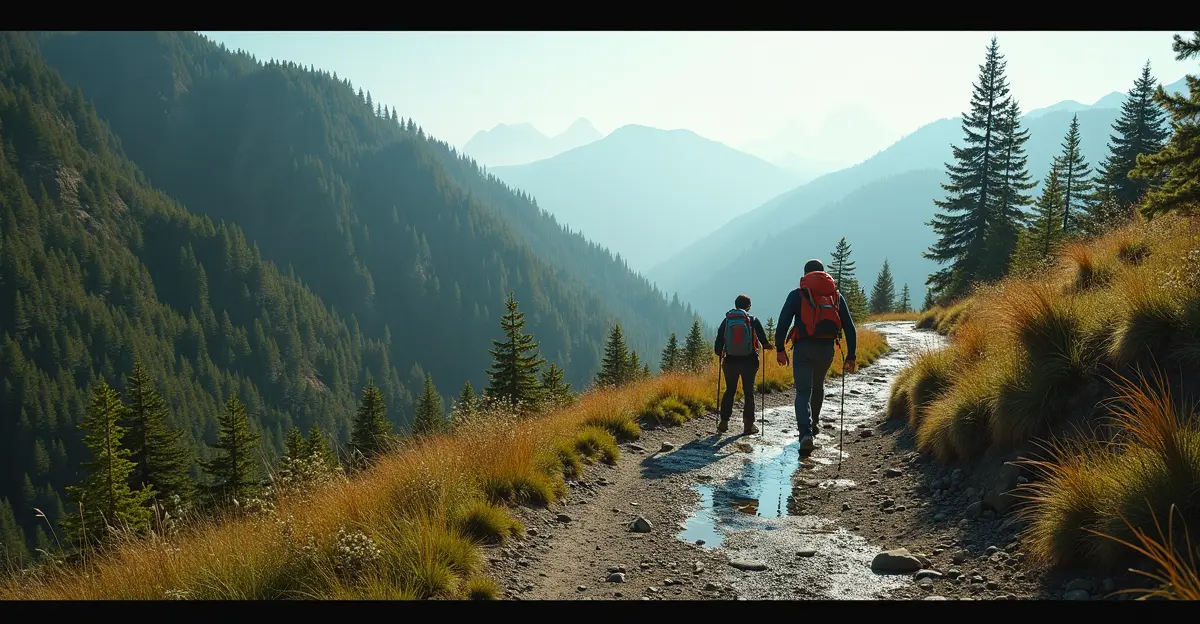
Mountain Trails Under Pressure: Balancing Hiking Popularity with Erosion Control and Quiet Zones
In recent years, the allure of mountain trails has drawn unprecedented numbers of hikers, leading to a surge in outdoor recreation. This trend, while beneficial for health and tourism, has placed immense strain on fragile ecosystems. Trails are experiencing accelerated erosion, habitat disruption, and noise pollution, prompting land managers to seek innovative solutions. 'We're seeing trails widen and degrade faster than we can maintain them,' says park ranger Maria Gonzalez, highlighting the urgency. This article explores the challenges and strategies for balancing hiking's popularity with essential conservation efforts.
The Rise in Hiking Popularity
Hiking has become a global phenomenon, fueled by social media, health awareness, and a post-pandemic desire for nature. According to the National Park Service, visits to U.S. national parks increased by over 20% in 2024, with similar trends worldwide. This boom brings economic benefits but exacerbates trail wear. Erosion, caused by foot traffic and weather, can lead to soil loss and water quality issues. 'Every step off-trail damages sensitive plants,' notes ecologist Dr. James Lee. Research from the U.S. Geological Survey shows that eroded trails require costly repairs, often funded by taxpayer dollars.
Erosion Control Measures
To combat erosion, land agencies are implementing various techniques. These include building reinforced treads with stones, installing drainage systems, and promoting 'Leave No Trace' principles. In the Alps, for example, volunteers use geotextiles to stabilize slopes. 'Prevention is cheaper than restoration,' asserts conservationist Anna Schmidt. Advanced methods like trail rerouting and limited access during wet seasons are also gaining traction. The U.S. Forest Service reports success with user education campaigns, reducing off-trail hiking by 15% in pilot areas.
Establishing Quiet Zones
Noise pollution from large groups and electronic devices is another concern. Quiet zones, where loud noises are restricted, help preserve the natural soundscape and wildlife behavior. Parks like Yellowstone have designated such areas, resulting in improved animal sightings. 'Silence is part of the wilderness experience,' emphasizes hiker Tom Baker. Studies indicate that noise reduction can decrease stress for both visitors and fauna. Implementing these zones involves signage, patrols, and public awareness, but faces challenges in enforcement.
Future Outlook and Community Involvement
Looking ahead, technology offers promise, with apps guiding hikers to less-crowded trails and monitoring usage via sensors. Community involvement, through volunteer trail crews and advocacy groups, is crucial. 'We need hikers to be stewards, not just users,' urges activist Lisa Chen. Policies like permit systems and timed entries are being tested to manage flow. As climate change intensifies weather events, adaptive strategies will be key. Collaboration between governments, NGOs, and the public can ensure trails endure for generations.
In summary, the pressure on mountain trails calls for a balanced approach. By integrating erosion control, quiet zones, and sustainable practices, we can enjoy nature without compromising its integrity. For more information, visit resources like the Leave No Trace Center.

 Nederlands
Nederlands
 English
English
 Deutsch
Deutsch
 Français
Français
 Español
Español
 Português
Português





